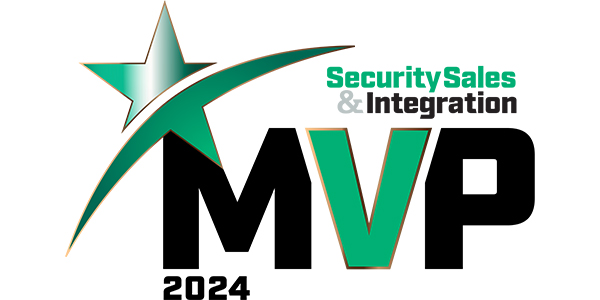In my previous two columns, we covered the good and bad points of using artificial intelligence (AI) in security systems integration. Now, it’s time to explore the ugly side of AI.
There’s little doubt that, for a highly integrated access control and VMS system, AI may well play a positive role in reducing operator workloads. The key learning point is that things can get ugly — and fast!
How AI Can Get Ugly
- If you have not done your homework on relevant AI tools provided by security solutions suppliers. Understanding the benefits and limitations of an AI tool and how it is used before taking on an AI-featured project is crucial to achieving success (and avoiding failure).
- If you don’t know your current talent resource strengths and weaknesses to allow for planning, training or hiring decisions to utilize new technologies. You may have technician talent that has been overlooked or underutilized. Ask the right questions to discover native talent that needs to be developed.
- Clint Eastwood’s famous line, “A man’s got to know his limitations,” applies to AI if you don’t want to get hit with the ugly stick!
Continually More Relevant
AI will continue to become more relevant to security integrators as they seek to improve safety and security and deliver new business value results (digitalization of processes).
Recent research by Harvard University, et al., indicates that AI spear-phishing attacks can completely automate the research, content and launch of emails specifically relevant to the target with astounding results. In fact, AI-generated spear-phishing campaigns snared 54% of recipients versus 12% of human-generated attacks.
AI can access large language databases to formulate an effective attack. AI horsepower, combined with smooth social engineering techniques, can empower bad actors to gain physical access to sensitive areas. This risk creates an imperative for improved access control procedures and technologies and proactive video surveillance with advanced VMS upgrades, as well as, obviously, cybersecurity hygiene, training and processes.
So, how can your firm help its customers?
Offering basic cybersecurity to your SMB customers is a straightforward way to grow. Several companies offer partner opportunities for improved services and revenue-sharing RMR. If you bring the customers, they do the heavy lifting with back office/technical products and services. They can typically customize customer portals with your branding, too.
Based on my experience, the company Defendify.com, a pioneer in this business model, would be a resource to consider. Their solutions work, and they are easy to do business with.
How Else AI Can Get Ugly
So, how else can AI get ugly? Consider these possibilities:
- If the “guardrails” to prevent cyber-thugs from using AI to create malicious ransomware or spear-phishing attacks are woefully insufficient to instill any real confidence.
- If, because of how the source material or the algorithm was written, you get a biased result. This could include misinformation, disinformation or censorship — certainly nothing to base a business decision on!
- If there are concerns relating to the integrity of data security and possible cyber breaches. Exposure of data sources is no joke, especially in financial and healthcare markets.
- If AI is misapplied and, as a result, reduces teamwork and creativity and costs the company money.
- If you failed to check the integrity and currency of the data set that your AI tool was trained on. AI is only as “smart” as that training data. The old computer saying “GIGO — garbage in, garbage out” applies to training AI.
Future Dependence
The real ugly part, in my humble opinion, is our possible future dependence on AI instead of relying on the unique power of human critical thinking and communication skills. Although AI has a great promise to assist us in decision-making, it is only one factor.
Becoming overly dependent on AI will lead to poor decisions. As noted, it’s only as good as the data it was trained on, and it will reflect the bias of the programmer. Think of AI as a snapshot in time, while live critical thinking uses real-time information defined as real time data + knowledge + experience = better decisions.
That’s enough about the ugly part of AI. Like any weapon, it is a double-edged sword!






